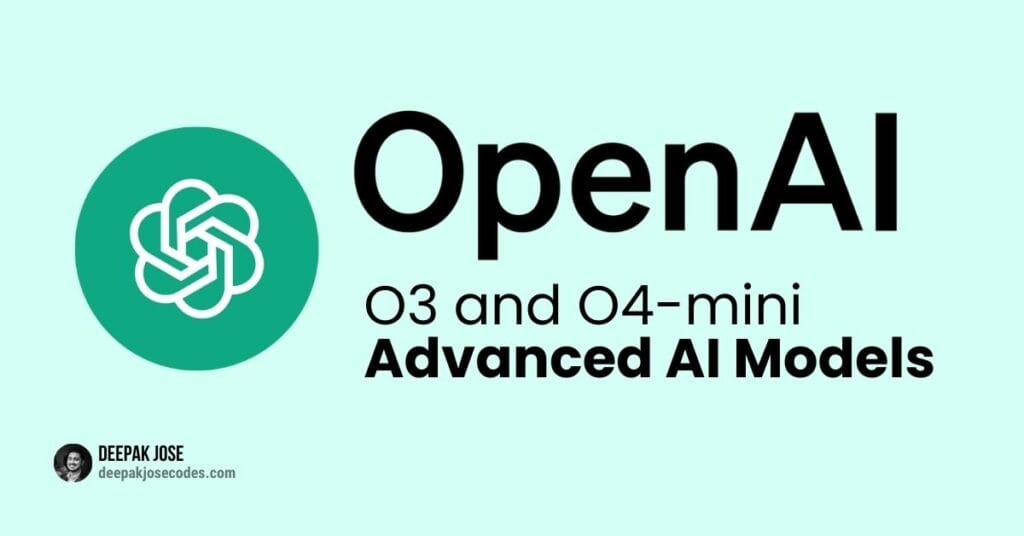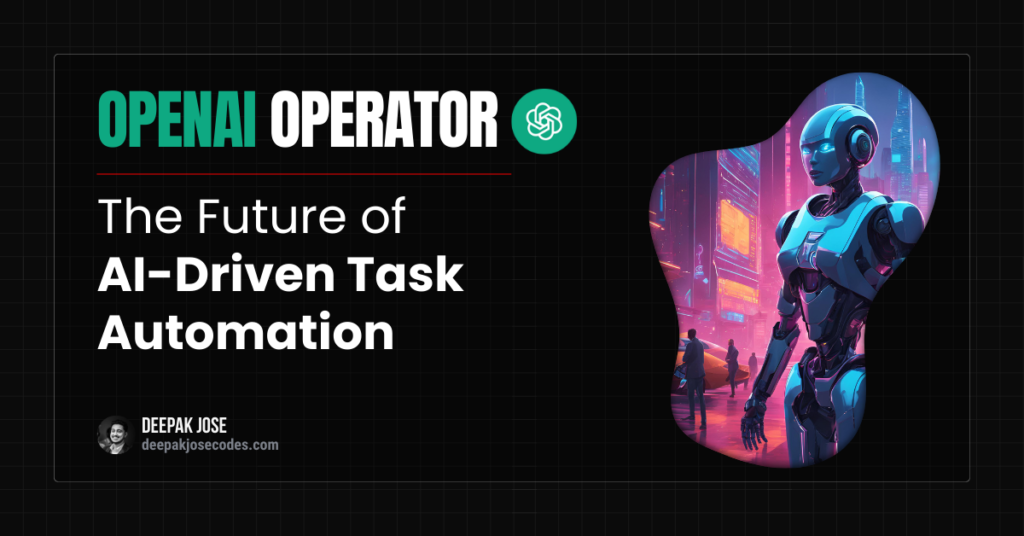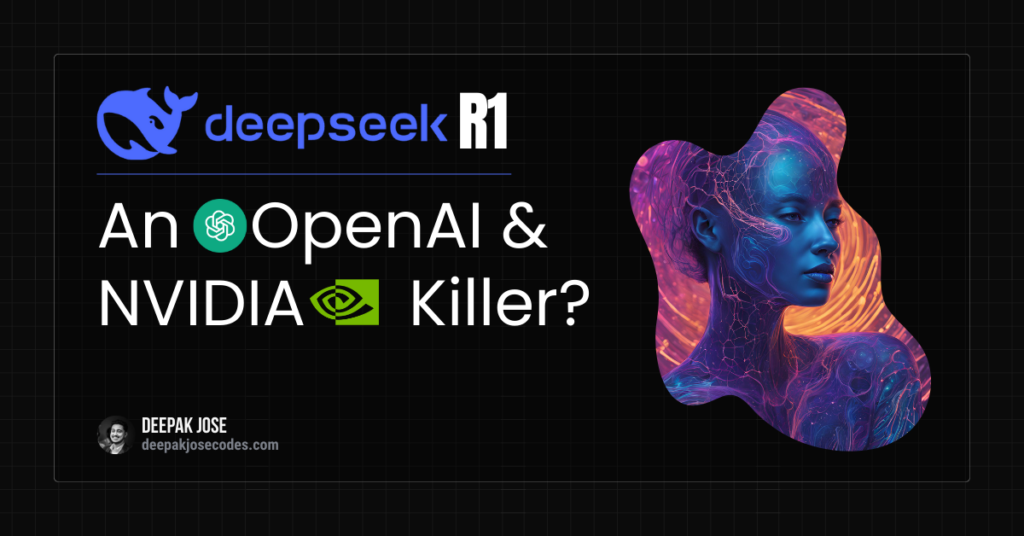OpenAI has unveiled two advanced AI models—o3 and o4-mini—marking a significant leap in the company’s reasoning capabilities. These models are designed to enhance performance across complex tasks such as coding, mathematics, science, and visual analysis.

Key Features:
- Advanced Reasoning: The o3 model is OpenAI’s most powerful reasoning model to date, setting new benchmarks in tasks like coding, math, science, and visual perception. It excels in analyzing images, charts, and graphics, and demonstrates a 20% reduction in major errors compared to its predecessor, o1, on challenging real-world tasks.
- Visual Thinking: Both o3 and o4-mini models can integrate images into their reasoning processes. They can manipulate images—such as zooming or rotating—to aid interpretation, enabling them to analyze sketches, whiteboards, and other visual inputs effectively.
- Tool Integration: These models can autonomously utilize a full suite of ChatGPT tools, including web browsing, Python execution, image analysis and generation, file interpretation, and more. This integrated approach allows for comprehensive problem-solving in under a minute.
- o4-mini Optimization: The o4-mini model offers a cost-effective and faster alternative, delivering impressive results in math, coding, and visual tasks. It achieves a 99.5% pass rate on the AIME 2025 exam when equipped with a Python interpreter, showcasing its efficiency and performance.
Access and Availability:
Both models are accessible to ChatGPT Plus, Pro, and Team users. The o3 model is available in its standard form, while the o4-mini is offered in both standard and high-performance versions. The high-performance versions provide enhanced capabilities, including higher response accuracy and faster processing times.
Safety and Preparedness:
The release of o3 and o4-mini adheres to OpenAI’s updated Preparedness Framework. Evaluations by the Safety Advisory Group indicate that these models do not pose high risks in areas such as biological and chemical capabilities, cybersecurity, or AI self-improvement. However, they demonstrate improved performance in executing autonomous cyber operations tasks compared to previous models.
Looking Ahead:
OpenAI continues to refine its AI models, with plans for future releases, including the anticipated GPT-5. The company is also addressing user feedback regarding model naming conventions to enhance clarity and accessibility.
For more detailed information, you can refer to the official announcement on OpenAI’s website.



